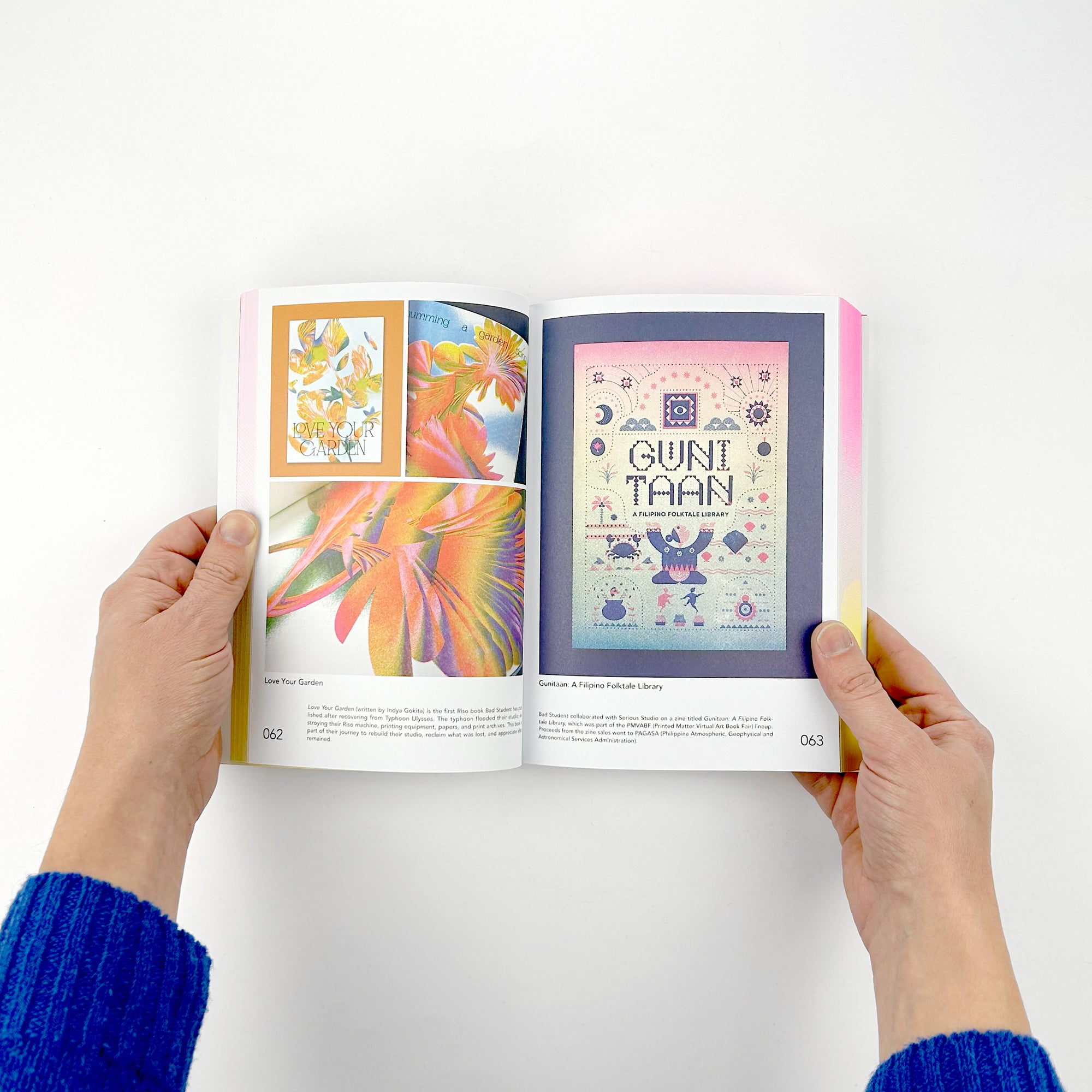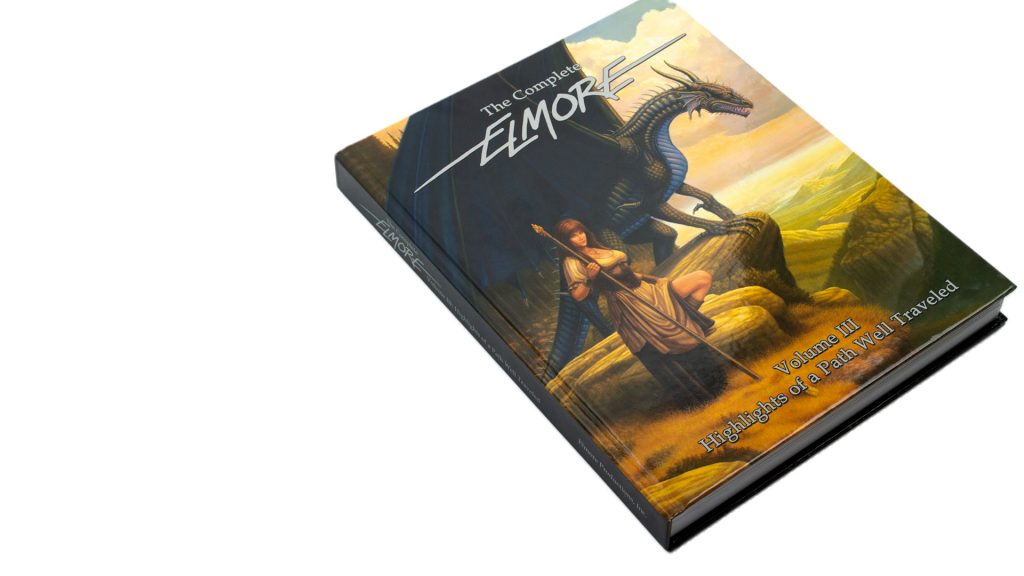Matte or Gloss: Choosing the Best Paper for Your art book
Matte or Gloss: Choosing the Best Paper for Your art book
Blog Article
Recognizing the Process Behind Top Quality Art Book Printing for Art Fanatics
When it pertains to premium art book printing, understanding the details of the process can boost your recognition for the final item. You may not understand exactly how essential paper option and ink choices are to the vibrancy of art work. Each element plays a considerable role in attaining the desired effect. As you discover the various components of art book printing, you'll discover insights that might change your viewpoint on art preservation and presentation.
The Relevance of Paper Selection in Art Book Printing
When it pertains to art book printing, the selection of paper can make or break the end product. You desire your art work to shine, and the best paper boosts color vibrancy and detail. Take into consideration elements like weight, structure, and coating; these elements considerably influence how visitors perceive your work.
For instance, a much heavier supply shares top quality and sturdiness, while a distinctive surface can include deepness to photos. Smooth paper is excellent for comprehensive reproductions, enabling fine lines and subtle shades to appear crisp.
Don't ignore the paper's illumination; a brighter sheet can aid shades pop, making your art extra eye-catching. You'll also wish to believe regarding exactly how the paper communicates with inks and whether it can manage the printing process without deforming or bleed-through. Eventually, selecting the right paper sets the phase for your art, guaranteeing it records the target market's interest just as you visualized.
Choosing the Right Inks for Dynamic Reproductions
Picking the ideal inks is equally as vital as choosing high quality paper to achieve vibrant recreations in your art book. When you're publishing artwork, you want shades that pop and precisely represent the initial item. Choose for inks with a high pigment concentration; these often tend to create richer and much more saturated colors.
You could consider using archival inks, which stand up to fading gradually, ensuring your art book continues to be as striking as the day it was printed. If you're dealing with photos or electronically produced art, pigment-based inks can supply a larger shade gamut, boosting detail and deepness.
Don't neglect about the coating! Matte and glossy inks can dramatically modify the appearance of your art work, so think regarding the appearance you're aiming to attain - art book. Ultimately, the ideal ink choice enhances your paper selection, producing a stunning visual experience for your viewers
The Role of Color Monitoring in Print Quality
Color monitoring plays a vital duty in achieving high print high quality for your art book. It assures that the shades you see on your screen equate properly to the published page. Without effective shade management, your dynamic art work may appear plain or altered, undermining your imaginative vision.
To begin, calibrate your screen consistently. This step helps preserve constant shade representation. Next, make use of color profiles tailored for your printer and paper type. These profiles direct the printer in duplicating colors precisely, minimizing disparities in between electronic and published variations.
When you prepare your documents, consider using a shade room like Adobe RGB or CMYK, relying on your printer's requirements. Constantly evidence your work, too; a test print can expose any type of potential color issues prior to the last run. By prioritizing color management, you safeguard the honesty of your art, assuring your target market experiences it as you meant.

Comprehending Different Binding Strategies
Accomplishing the perfect appearance for your art book surpasses shade management; binding strategies likewise play a significant function in its overall discussion and sturdiness. You have several choices to assess, each with its own one-of-a-kind qualities.
If you're intending for an expert feeling, situation binding supplies a durable alternative with a difficult cover, excellent for showcasing your artwork. On the various other hand, ideal binding gives a flexible back while keeping expenses down, making it a preferred option for softcover publications.
Spiral binding allows your art book to lay flat, which is great for showing photos without obstruction. Saddle sewing is excellent for smaller sized booklets, providing a tidy coating without the bulk.
Eventually, the binding method you select should mirror your artistic vision and how you desire visitors to involve with your job. See to it to consider these alternatives carefully to attain the very best result for your task.
The Effect of Print Dimension and Format on Presentation
While the option of print size and format may seem secondary to material, they considerably influence just how your artwork is viewed. The dimensions of your prints can either enhance or reduce the effect of your pieces. Bigger prints can attract visitors in, enabling them to appreciate intricate details, while smaller sized styles may call for more intimate interaction.

Preservation Strategies for Durable Art Books
To ensure your art publications stand the examination of time, it's necessary to implement reliable preservation strategies. Start use this link by saving them in a trendy, dry setting, far from direct sunlight and moisture. This stops fading and warping, keeping your web pages undamaged. Usage acid-free storage space boxes or safety sleeves to protect them from dirt and physical damage.
When managing your books, constantly wash your hands or wear cotton handwear covers to prevent oils and dirt transferring onto the web pages. Stay clear of flexing or creasing the backs; instead, use book supports when presenting them.
For included protection, take into why not look here consideration investing in archival-quality materials for any type of repairs or improvements. Regularly inspect your collection for indications of wear or damages, attending to problems immediately. By adhering to these simple methods, you can ensure your art books continue to be vibrant and easily accessible for several years ahead, preserving their elegance and value for future generations.
Working together With Printers for Ideal Outcomes
When you prepare to print your art book, picking the right printer is vital to achieving your vision. Clear communication regarding your expectations and requirements will assist ensure that both you and the printer get on the same page. Allow's discover how to make this collaboration as seamless and reliable as possible.
Picking the Right Printer

Effective Communication Methods
Efficient communication is important for transforming your art book vision right into reality, particularly when collaborating with printers. art book. Begin by clearly outlining your task's objectives, consisting of style elements, favored materials, and any specific printing methods. Do not wait to share your inspirations and recommendations; this aids the printer understand your aesthetic
Establish regular check-ins to go over development and redirected here resolve any type of inquiries. Use visuals, like mock-ups or examples, to communicate your concepts better. Be open to responses, as printers often have valuable insights that can improve your task. Finally, keep a positive partnership by being respectful and appreciative of their competence. This partnership will assure that your art book fulfills your expectations and radiates in its final kind.
Regularly Asked Questions
What Prevail Mistakes to Stay Clear Of in Art Book Printing?
When printing your art book, stay clear of usual errors like poor resolution pictures, incorrect shade accounts, and ignoring web page layout. Don't forget to proofread and ascertain information to verify your final product meets your expectations.
How Does Digital Printing Differ From Traditional Printing Methods?
Digital printing uses digital files to produce prints straight, enabling quicker turn-around and customization. In comparison, traditional methods include physical plates, which can be time-consuming and less flexible for tiny runs or distinct styles.
What Is the Common Turn-around Time for Art Book Printing?
The typical turn-around time for art book printing varies, however you can expect it to take anywhere from a couple of weeks to several months. Aspects like intricacy, quantity, and printing approach all influence this timeline.
Can I Print a Restricted Version Art Book Financially?
You can publish a limited version art book economically by picking cost-effective products, maximizing print runs, and making use of electronic printing alternatives. Careful preparation and budgeting will certainly assist you achieve top quality without spending beyond your means.
What Are the Environmental Considerations in Art Book Printing?
When considering art book printing, you should think about environmentally friendly products, lasting inks, and energy-efficient processes (art book). Selecting neighborhood printers can also decrease your carbon impact, making your job both gorgeous and ecologically accountable
Report this page